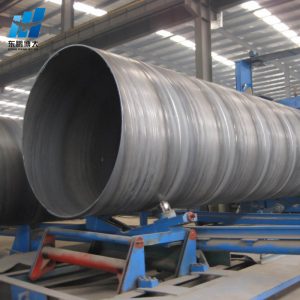How to layout the current steel demand
The global steel industry is witnessing a dynamic shift in demand patterns, driven by various factors such as economic fluctuations, infrastructure development, and evolving consumer preferences. To effectively layout the current steel demand of Gi square steel pipe, industry stakeholders must adopt strategic approaches that align with market trends and optimize production capabilities. This article explores key strategies for navigating the current steel demand landscape and maximizing operational efficiency.

Market Analysis and Forecasting:
Accurate market analysis and forecasting are essential for understanding the current and future steel demand. Industry players should closely monitor economic indicators, infrastructure projects, and consumer behavior to identify emerging trends and anticipate demand fluctuations. Collaborating with market research firms and leveraging data-driven insights will enable informed decision-making and facilitate effective demand layout of spiral steel pipe.
Diversification of Product Portfolio:
To meet the evolving demands of various industries, steel manufacturers should consider diversifying their product portfolio. By expanding into niche markets and developing specialized steel products, companies can tap into new customer segments and mitigate risks associated with fluctuations in demand for traditional steel products. This diversification strategy allows for greater adaptability and resilience in the face of changing market dynamics.
Focus on High-Value Applications:
Identifying and prioritizing high-value applications for steel can help optimize production and maximize profitability. By focusing on sectors such as automotive, aerospace, renewable energy, and construction, which require high-performance steel products such as mild steel tube, manufacturers can capitalize on the growing demand for advanced materials. This strategic approach ensures a sustainable revenue stream while catering to industries with long-term growth potential.
Supply Chain Optimization:
Efficient supply chain management is critical for meeting current steel demand effectively. Collaborating closely with suppliers, streamlining logistics, and implementing advanced inventory management systems can help companies reduce lead times, improve flexibility, and minimize production bottlenecks. Embracing digital technologies, such as predictive analytics and real-time monitoring, enhances supply chain visibility and enables proactive decision-making.
Embrace Sustainability:
Sustainability is a key consideration in the current steel demand landscape. Customers and stakeholders increasingly prioritize environmentally responsible practices. Steel manufacturers should invest in eco-friendly production processes, adopt resource-efficient technologies, and integrate circular economy principles into their operations. By aligning with sustainable practices, steel pipe manufacturers can enhance their reputation, attract environmentally conscious customers, and gain a competitive edge in the market.
Collaborative Partnerships:
Forging strategic partnerships and collaborations with customers, suppliers, and industry peers can create synergies and optimize the layout of current steel demand. Collaborative initiatives, such as joint research and development projects, knowledge sharing platforms, and supply chain integration, foster innovation, mitigate risks, and enhance market responsiveness. Pooling resources and expertise enable stakeholders to collectively address market challenges and seize opportunities.
Tel: +86 18202256900 Email: steel@tjdpbd.com









